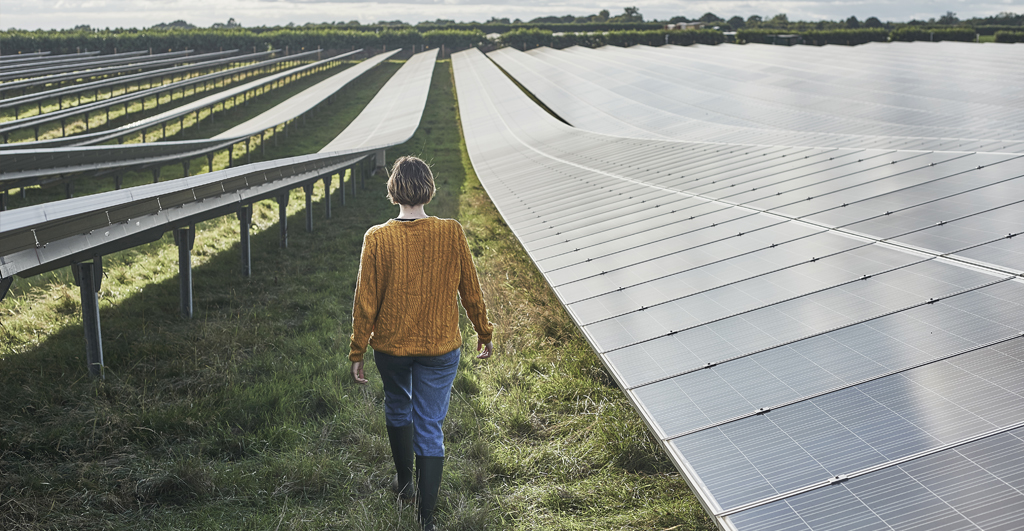
Network DX’s influence, importance, and value extend far beyond the communications network industry, particularly in terms of sustainability. Network DX is a sustainability catalyst on a huge scale because, in simple terms, transforming networks makes them more sustainable, which in turn makes the organization more sustainable as a whole.
Here’s why. Before ideas, innovations, and visions can be realized (including those that improve sustainability), the communications network infrastructure must first transform to enable and support them. Network DX is therefore the necessary foundation and prerequisite for every other type of DX—because in the connected, data-driven digital world, nothing happens without a network being involved somewhere.
How will Network DX deliver sustainable outcomes?
A lot of the conversation in the network industry is focused on how to deliver on the 5G promise of high speed and low latency. So, operators are motivated by their need for open, software-defined, virtualized technologies and these technologies are now driving how networks are built, operated, and maintained. In many (if not most) cases, that means taking an existing network, with all its outdated equipment and messy management systems, and transforming it such that it is capable of meeting 5G performance requirements.
As we’ve developed new network technology to meet 5G demands, we’ve made sustainability an integral part of the desired outcomes. Much of what makes Fujitsu technology unique is the value we place upon expertise, and how we apply that expertise with the goal of making society better. Fujitsu has always been about using innovation and expertise to benefit humanity, and today our stated purpose is to “make the world more sustainable by building trust in society through innovation.” What this means is that sustainability, and the growing urgency of reducing greenhouse emissions, is hard-wired into Fujitsu technology and solutions.
In macro terms, therefore, the rise of 5G is already driving service providers and vendors to prioritize sustainability, simply by enabling new applications and services that themselves contribute to a sustainable society and a healthier planet. Smart grid, smart agriculture and remote healthcare are just a few examples. Additionally, network DX is often undertaken in pursuit of other business goals, like cutting costs or increasing market share; these objectives involve upgrades, modernizations or consolidations, thereby taking inefficient, power-hungry or bulky infrastructure out of commission to make way for cleaner alternatives.
Examples of DX sustainability benefits
Fujitsu has been applying digital transformation expertise to fulfil the sustainability potential of open networking and advanced software technologies like AI and ML for network operators around the world. For example, with our virtualized RAN solution, we aim to reduce total CO2 emissions associated with radio access networks by at least 50% (compared to conventional base stations) by 2025. We will achieve this by successively updating software functions and continuously improving technologies to reduce their environmental impact.
With technologies like open RAN, open-line systems, or open-source software, communications networks promise to drive long-term innovation, improve supply chain security, and enable a whole range of new services that are not possible today. Virtualization and automation driven by AI and ML are already revolutionizing communications network service delivery. Cloud-native software, often combined with targeted equipment replacements, is bringing in new levels of programmability and performance. At the same time, cloud-native evolution lets operators reclaim valuable space and reduce power consumption.
Making sustainability a priority
Sustainability has been top of mind for Fujitsu for many years, as indicated by our commitment to the United Nations’ Sustainable Development Goals (SDGs). In fact, sustainability is the centralizing theme in our 2022 Technology & Services Vision. We prioritize sustainability in all our products and solutions, including our communications networks, and we want to help our customers meet their emissions and other sustainability goals. Our network technology and expertise enable network operators to reduce the amount of equipment they need, cut down their power consumption, and support carbon neutrality. Technologies like multiband radios, high-efficiency amplifier technology, dynamic resource allocation, and zero-power standby use less energy, last longer, need less maintenance and repair, and make more use of reusable or recyclable materials and components. These are just a few examples of how we are making communications networks more efficient and consequently, more sustainable. And when you transform networks to be more sustainable, you make DX more sustainable everywhere it happens.
At Fujitsu’s annual ActivateNow conference, Fujitsu leaders and experts came together with other organizations to explore emerging technology perspectives and ideas. Head over to the event website for insights on how to activate your potential with Sustainability Transformation.